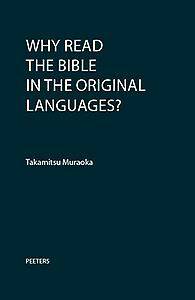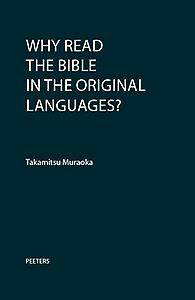
- Afhalen na 1 uur in een winkel met voorraad
- Gratis thuislevering in België vanaf € 30
- Ruim aanbod met 7 miljoen producten
- Afhalen na 1 uur in een winkel met voorraad
- Gratis thuislevering in België vanaf € 30
- Ruim aanbod met 7 miljoen producten
Zoeken
€ 19,00
+ 38 punten
Omschrijving
A comparison of multiple translations of the Bible in any language shows that they differ at hundreds of places, pointing to the continuing disagreement among Bible scholars and translators in their analysis and understanding of those places. To learn Hebrew, Aramaic, and Greek, the original languages of the Bible, is admittedly not everybody's cup of tea. Knowledge of them does not necessarily provide a solution to these difficulties. However, there are not a few things in the biblical text which can be missed out if it is read only in translation. A range of linguistic issues touching on the three original languages are discussed in the light of actual examples. Matters of culture and rhetoric are also taken up. A special chapter is devoted to the Septuagint as a bridge between the two Testaments. The book is written in a non-technical style, hence easily readable by non-specialists, but specialists may also find things of interest. No Hebrew or Greek alphabet is used.
Specificaties
Betrokkenen
- Auteur(s):
- Uitgeverij:
Inhoud
- Aantal bladzijden:
- 111
- Taal:
- Engels
Eigenschappen
- Productcode (EAN):
- 9789042942004
- Verschijningsdatum:
- 19/05/2020
- Uitvoering:
- Paperback
- Formaat:
- Trade paperback (VS)
- Afmetingen:
- 145 mm x 226 mm
- Gewicht:
- 181 g

Alleen bij Standaard Boekhandel
+ 38 punten op je klantenkaart van Standaard Boekhandel
Beoordelingen
We publiceren alleen reviews die voldoen aan de voorwaarden voor reviews. Bekijk onze voorwaarden voor reviews.











